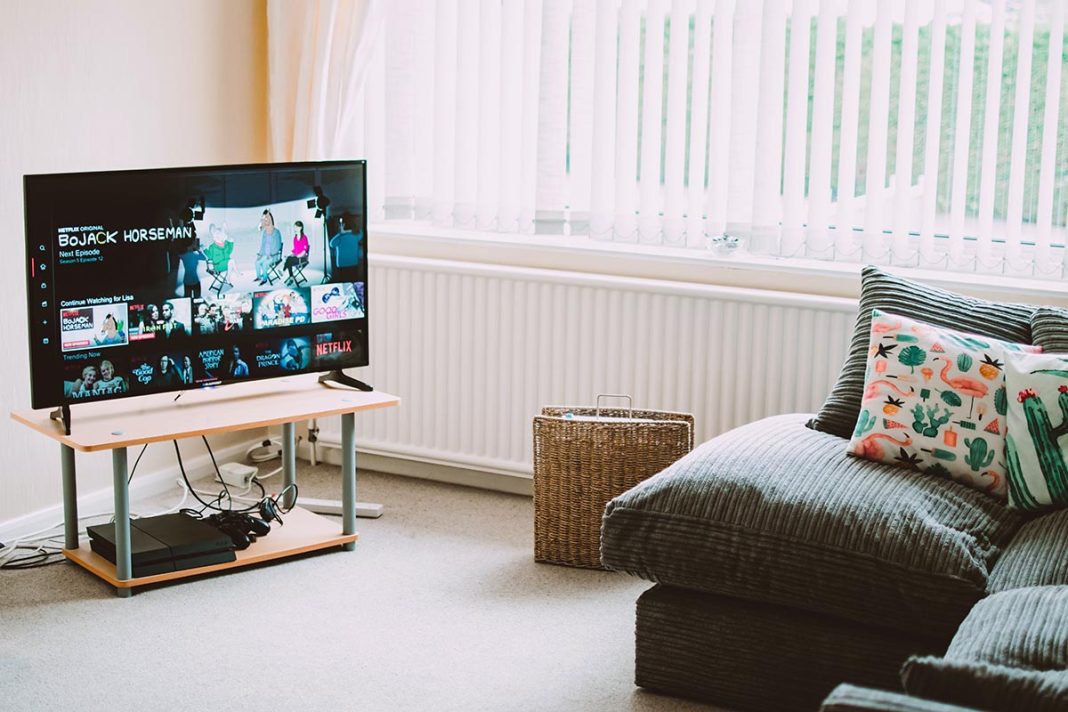In an age where the quality of content we consume is ever-improving, ensuring that our televisions can deliver the best possible picture quality is paramount. With advancements in technology and broadcasting, what we once considered peak television quality has been surpassed many times over.
However, even with the latest 4K or even 8K TVs, the viewing experience can be hampered by a variety of factors, including poor signal reception, incorrect installation, and suboptimal settings. Here, aerial and satellite experts weigh in with insider tips to help enhance your TV’s picture quality, ensuring you get the most out of your viewing experience.
Understanding Signal Reception
Signal reception is fundamental to picture quality. The clarity of the images on your screen is directly affected by how well your TV can receive broadcast signals, whether through aerial (terrestrial) or satellite means.
The Importance of Professional Installation
A properly installed aerial or satellite dish is critical. Many issues with picture quality stem from equipment that has been poorly positioned or secured. It’s worth investing in professional aerial installation services to ensure that your aerial or satellite dish is correctly aligned and firmly secured. This can make a significant difference in the strength and stability of the signal your TV receives.
Signal Boosters and Amplifiers
In some cases, especially in areas where signal strength is inherently weak, a signal booster or amplifier may be necessary. These devices can enhance signal strength, leading to improvements in picture quality. However, they should be used judiciously, as overly amplifying the signal can lead to distortion.
The Role of Cable Quality
The quality of the cables used to connect your aerial or satellite dish to your TV can also affect picture quality. High-quality, shielded coaxial cables are recommended to minimise signal loss and protect against interference from external sources, such as mobile phones and Wi-Fi networks.
Optimising TV Settings
Out of the box, most televisions are set to ‘showroom’ mode, prioritising brightness and saturation to stand out in brightly lit retail environments. These settings are often not ideal for home viewing.
Balancing Brightness and Contrast
Adjusting brightness and contrast settings is one of the most straightforward ways to enhance picture quality. The aim is to find a balance where the image is neither too dark nor washed out. This often involves reducing the default brightness level while ensuring that contrast levels provide a clear distinction between light and dark areas of the picture.
Colour Temperature and Saturation
The colour temperature setting affects the warmth or coolness of the picture. A setting that’s too high can make the image feel cold and uninviting, while too low a setting can give it an unnatural, orange tint. Similarly, saturation levels should be adjusted to ensure colours look vibrant without appearing artificial.
Sharpness and Noise Reduction
While it might seem counterintuitive, reducing sharpness can often improve picture quality. Excessive sharpness can introduce artefacts and make the image look unnatural. Noise reduction settings can help smooth out the picture but should be used sparingly to avoid losing detail.
The Impact of External Factors
External factors can also affect picture quality. Reflective surfaces and direct sunlight can cause glare, while the positioning of the TV within the room can affect viewing angles and perceived colour accuracy. Consider the placement of your TV and the room’s lighting to optimise the viewing experience.
The Future of TV Technology
As TV technology evolves, with developments such as OLED and QLED screens and High Dynamic Range (HDR) content, understanding how to maximise picture quality becomes even more crucial. These technologies offer superior contrast ratios, colour accuracy, and brightness levels, but they also require careful calibration to truly shine.
Regular Maintenance
Maintaining your equipment can also play a significant role in preserving picture quality. Regularly checking and tightening connections, cleaning your aerial or satellite dish, and ensuring your TV’s firmware is up to date can help maintain optimal performance.
Consultation with Experts
For those seeking the best possible picture quality, consulting with aerial and satellite experts can provide tailored advice and solutions. Whether it’s through professional installation, signal optimisation, or advice on TV settings, these professionals can help unlock the full potential of your television.
In conclusion, enhancing your TV’s picture quality involves a mix of understanding signal reception, optimising settings, accounting for external factors, and keeping up with technological advancements. By following the expert tips outlined above, you can ensure that you’re getting the most immersive and visually stunning viewing experience possible from your television. Whether you’re a casual viewer or a cinephile, the importance of a well-calibrated TV cannot be overstated.
